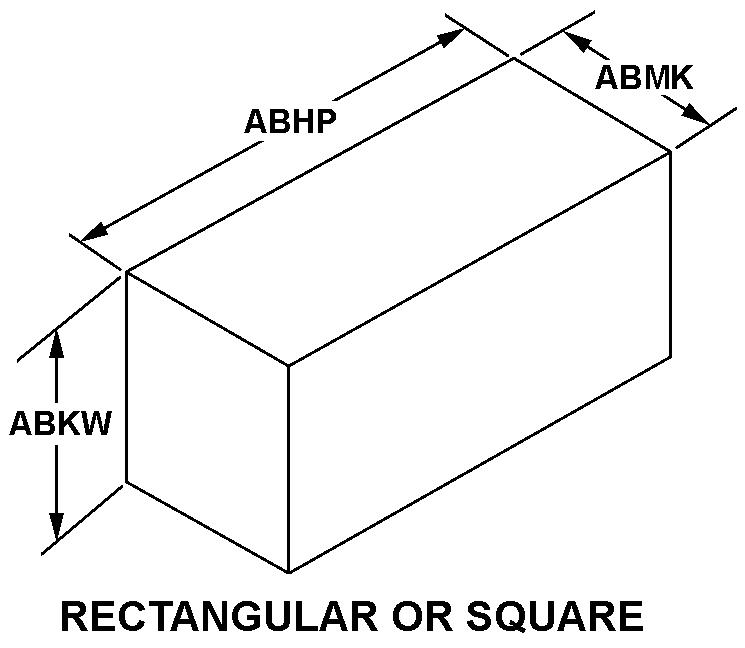6645015724475
Price Quote Get an up to date pricing and availability quote for this product. Order online or over the phone.
Quality Commitment
Serving our customers with quality and safety first.
- AS9120 Certified
- Audited supply chain
- ITAR Registered
- DDTC Registered
- HAZMAT Certified
- Customer service objectives
- Every product 100% inspected

6645-01-572-4475 Specification Set by the OEM (see RNCC code 3)
381.0 mm
40.0 mm
448.0 mm
+0.0/+50.0 deg celsius
rectangular or square
4000.0 meters
encased
solid state
sine
115.0 single voltage and 220.0 single voltage
modular time and frequency system
main chassis includes backplane, no keypad/display; standard c/a gps receiver with RUBIDIUM-External clock inputs; 100 watt power use; one 10 mhz sinewave output module 13 dbm, 4 bnc and two 10 mhz ttl output modules, 4 bnc
Cross Reference Parts Part numbers that meet the specification outlined on this page and set by the OEM
Identification Item Identification Guide (IIG) and Item Name Code (INC)

Definition Definition of approved item name (AIN): "GENERATOR,TIME CODE"
A device specifically designed for use as a central timing device for the purpose of providing time-correlated signals for magnetic tape recorders, oscillographs, strip chart recorders, cameras, digital printers, remote digital displays or direct computer entry. The device may generate various time code formats, contain special features for time comparisons against broadcast time signals and provide visual display in bcd or decimal format.
6645-01-572-4475 Material Hazmat, Precious Metals, Criticality, Enviroment, and ESD
Indicates there is no data in the hmirs and the nsn is in a fsc not generally suspected of containing hazardous materials.
Item does not contain precious metal.
No known electrostatic discharge (esd) or electromagnetic interference (emi) sensitivity.
Represents items with no adp components
The item does not have a nuclear hardened feature or any other critical feature such as tolerance, fit restriction or application.
Identification Codes
HMIC: Hazardous Material Indicator Code. A one position code that identifies a hazardous item.
PMIC: Precious Metal Indicator Code. A one position code which identifies items that have precious metals as part of their content. precious metals are those metals generally considered to be uncommon, highly valuable, and relatively superior in certain properties such as resistance to corrosion and electrical conductivity.
ESD: Electrostatic Discharge. Indicates if an item is susceptible to electrostatic discharge or electromagnetic interference damage. electrostatic discharge damage occurs when an accumulation of static electricity generated by the relative motion or separation of materials is released to another item by direct contact. electromagnetic interference damage occurs when an item comes into proximity with an electrostatic or magnetic field.
ENAC: Enviromental Attribute Code. Identifies items with environmentally preferred characteristics.
CRITL: Criticality Indicator Code. Indicates an item is technically critical by tolerance, fit, application, nuclear hardness properties, or other characteristics.






